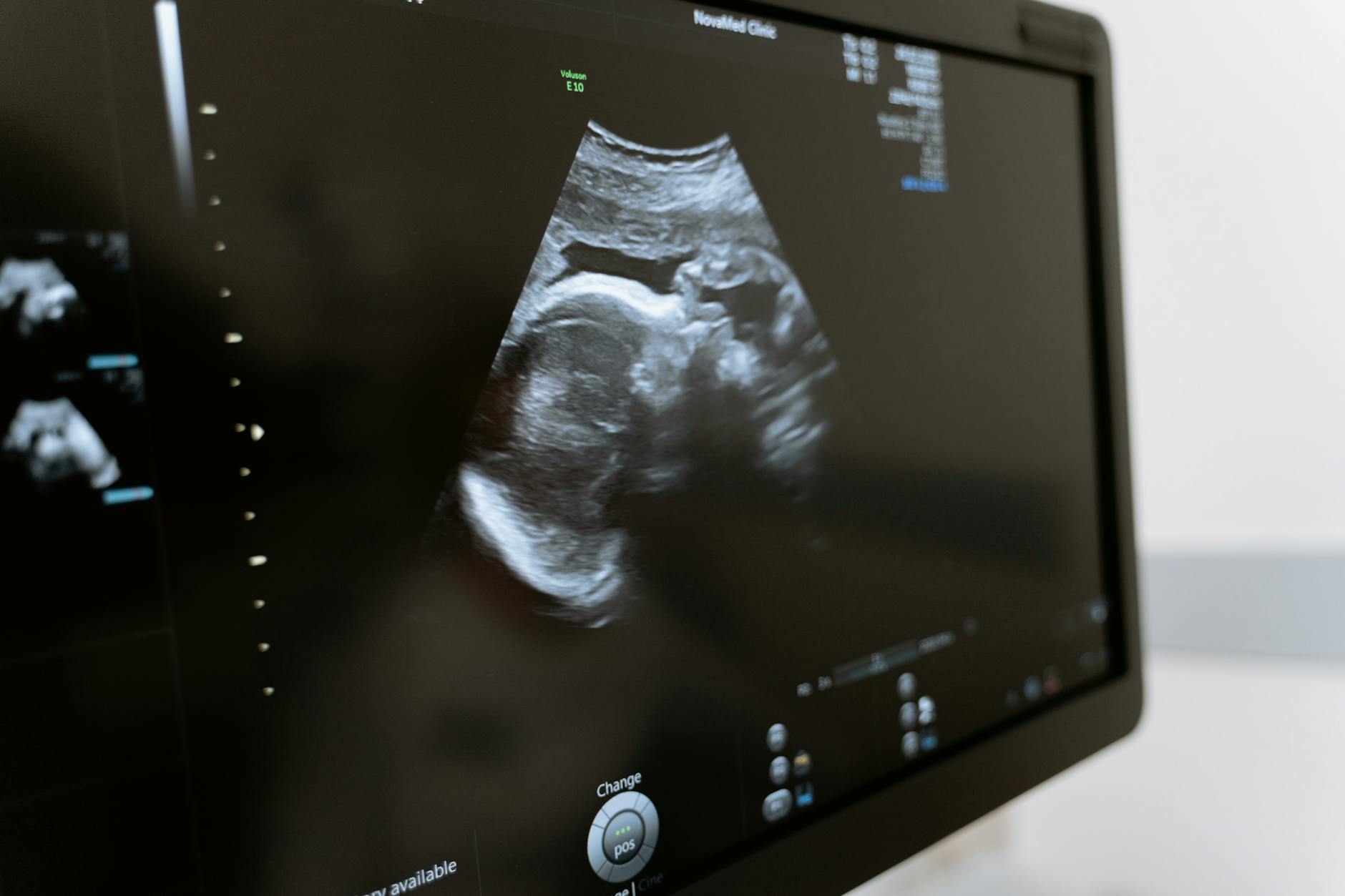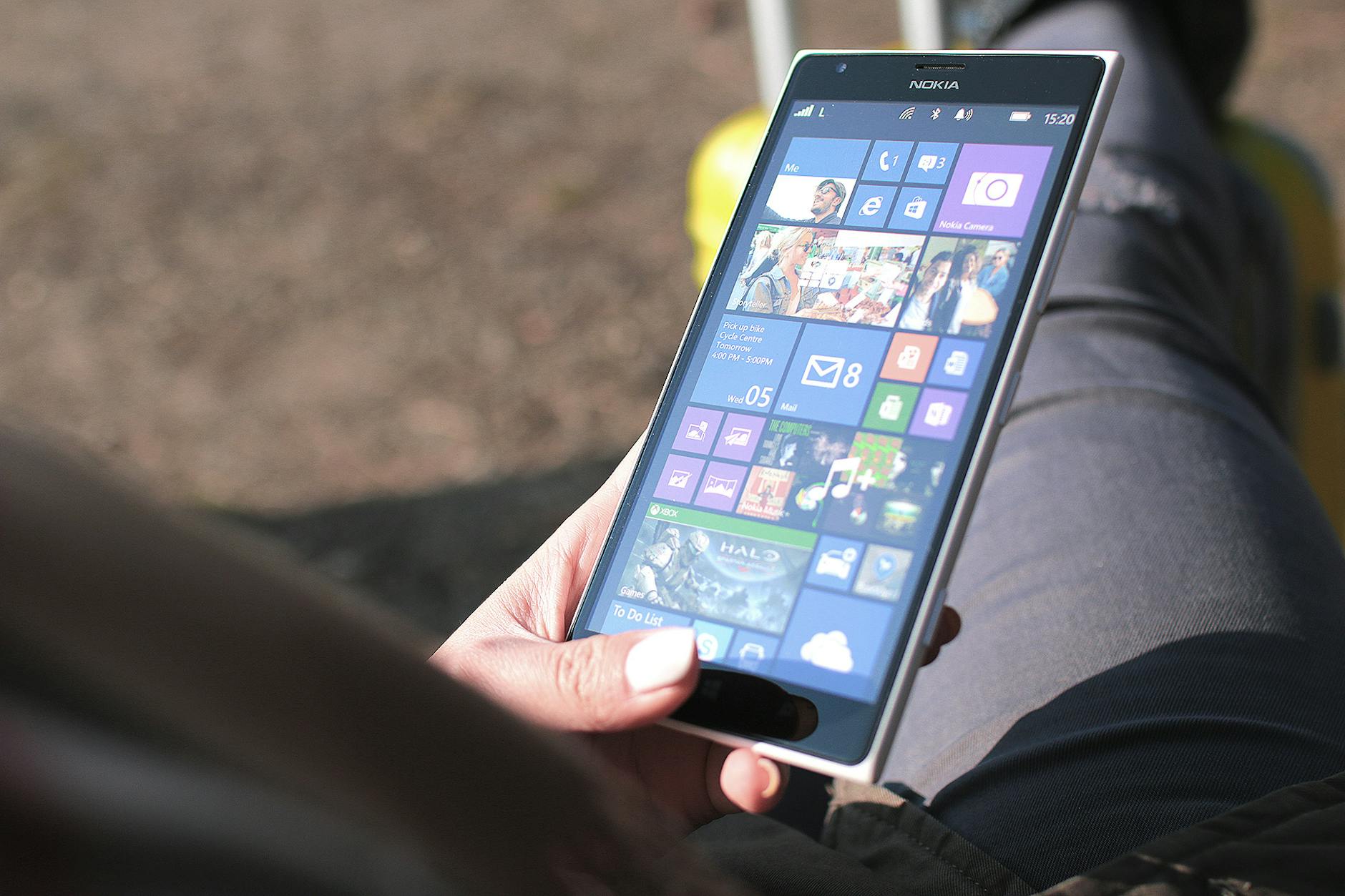Why Audio Technology is Revolutionizing Classrooms in Australia

Advantages of Audio Technology
Integrating audio technology into classrooms offers numerous benefits for both educators and students. First, using devices like a quality recording microphone can significantly enhance engagement during lessons. It's akin to attending professional workshops at UNSW, where clear and effective communication is key to retaining audience attention. Teaching sessions become interactive experiences, making complex topics more accessible.
Furthermore, audio technology supports diverse learners by providing versatile tools that cater to various learning needs. For instance, pro audio equipment ensures that audio is clear and crisp, facilitating better understanding for students with hearing difficulties. This is particularly beneficial in inclusive education settings, similar to those advocated for at the University of Sydney's educational research centres. The clarity provided by these tools can make all the difference in a student's comprehension and participation.
Audio technology also promotes collaboration among students. Classes can use data projectors to share multimedia content, encouraging group discussions and teamwork. This mirrors the collaborative spirit seen at school conferences held at the International Convention Centre Sydney. Students learn to work collectively to solve problems, enhancing their communication and social skills.
By harnessing the power of audio technology, educators can create a dynamic and inclusive learning environment, much like the professional development seminars that inspire both teachers and students alike. This approach ensures that all students, regardless of their learning style, are given the tools they need to thrive.
Types of Audio Technology
As a passionate advocate for educational innovation and an eager participant in school conferences at the International Convention Centre Sydney, I emphasise the transformative potential of audio technology in learning environments. One of the cutting-edge technologies enhancing classroom dynamics is the antenna tracking system, which ensures that audio signals are clear and effectively distributed throughout the room. This system is pivotal for engaging lessons where attention to detail is critical.
Additionally, the adoption of paging systems in schools has become an integral part of daily operations, offering a streamlined way to communicate urgent messages or general announcements. These systems are designed to be less intrusive while ensuring that the important notices reach everyone, from teachers to students, without disrupting the flow of lessons.
Interactive audio tools have also made significant strides, offering students hands-on experiences through interactive whiteboards and smart speakers. Such tools not only stimulate auditory learners but also open avenues for kinesthetic and visual learners to engage more dynamically. As educators, integrating these technologies requires strategic planning, akin to participating in professional workshops at UNSW where best practices are shared and discussed.
In our mission to cultivate an enriching educational environment, understanding and utilising these innovative audio technologies can empower both educators and students, making the teaching and learning experience more meaningful and impactful.
Implementing Audio Technology in Schools
Integration with Existing Systems
As we look towards enhancing classroom experiences, the seamless integration of audio technology with current systems is essential. One efficient method is employing a motorised projector screen alongside audio solutions. This combination ensures that visual presentations are clear and impactful, offering students a more cohesive learning experience. In a setting like the University of Sydney's educational research centers, these integrations demonstrate how modern facilities can work harmoniously with new technology.
Training for Educators
Empowering educators with proper training is a pivotal step. School conferences at the International Convention Centre Sydney often spotlight the importance of equipping teachers with the skills needed to leverage new tech solutions. By participating in professional workshops, perhaps at UNSW, educators can learn to navigate av cables and other technical aspects, ensuring they are confident and capable in the classroom.
Ongoing Support and Maintenance
Maintaining audio technology in schools requires a dedicated support system. This involves regular updates and checks to ensure all equipment continues to function optimally. By scheduling professional maintenance, schools can prevent disruptions and keep systems running smoothly over time. This proactive approach not only supports educational goals but also helps protect investments in technology.
Through thoughtful implementation strategies, schools can foster an enriched educational environment, ensuring both teachers and students thrive with the latest audio technology advancements.
Impact on Teaching Methods
Innovative Lesson Plans
Implementing audio technology in the classroom can transform traditional lesson plans into dynamic, enriching experiences. For educators in and around Sydney, like those attending professional workshops at UNSW, the possibilities are endless. Interactive elements such as broadcast solutions offer a platform for integrating multimedia presentations, guest speakers via live stream, and real-time brainstorming sessions. These elements cater to diverse learning styles and create a more personalised learning environment. Educators can harness such technologies to craft lessons that shift from routine to exceptional.
Real-Time Feedback
Utilizing audio technology enables teachers to provide immediate feedback, a critical tool for learning and improvement. In an academic setting, such as school conferences at the International Convention Centre Sydney, the ability to communicate in real-time helps educators promptly address misunderstandings, thus accelerating the learning process. Real-time feedback tools enable a thorough understanding that acknowledges individual student performance while driving engagement and participation.
Blended Learning Environments
The introduction of audio technology has favoured the shift towards blended learning environments, merging face-to-face instruction with digital platforms. The strategic use of equipment like acoustic panels can optimize sound quality, ensuring auditory clarity essential for remote and hybrid learning scenarios. Opportunities sponsored by institutions like the University of Sydney's educational research centers can pave the way for implementing blended learning strategies, giving educators the means to create adaptive educational experiences tailored to the needs of each student.
Implementation Strategies for Successful Audio Technology Adoption
Addressing Training and Development
As educational leaders, it is imperative to prioritise comprehensive training for our teaching staff. Smart classroom solutions rely heavily on educators being adept at utilising new technologies. During my time at professional workshops at UNSW, I've observed the transformative impact of well-structured training programmes. These workshops equip teachers with the essential skills to navigate and integrate audio technology seamlessly. Ensuring our staff are well-prepared not only enhances the learning environment but also fosters an ecosystem where innovation thrives.
Optimising Classroom Acoustics
Efficient breakthroughs often start with the basics—like acoustics. A critical oversight in our schools is the negligence of room acoustics. Echo-prone classrooms can undermine even the most advanced portable headset audio technologies. Adjustments such as installing acoustic panels or upgrading sound insulation can profoundly impact audio clarity, ensuring every student hears lessons as intended. This approach aligns with findings from the University of Sydney's educational research centers, which emphasise the significance of optimal learning conditions.
Ensuring Sustainable Maintenance
Beyond initial setup, continuous support and system maintenance are cornerstones for longevity. Allocating resources for regular teacher training sessions on maintaining and troubleshooting audio devices can save significant resources in the long run. At school conferences at the International Convention Centre Sydney, maintenance discussions often highlight the importance of routine checks, software updates, and equipment calibration. By embedding these practices into our schedules, we can safeguard against potential disruptions and misunderstandings.


